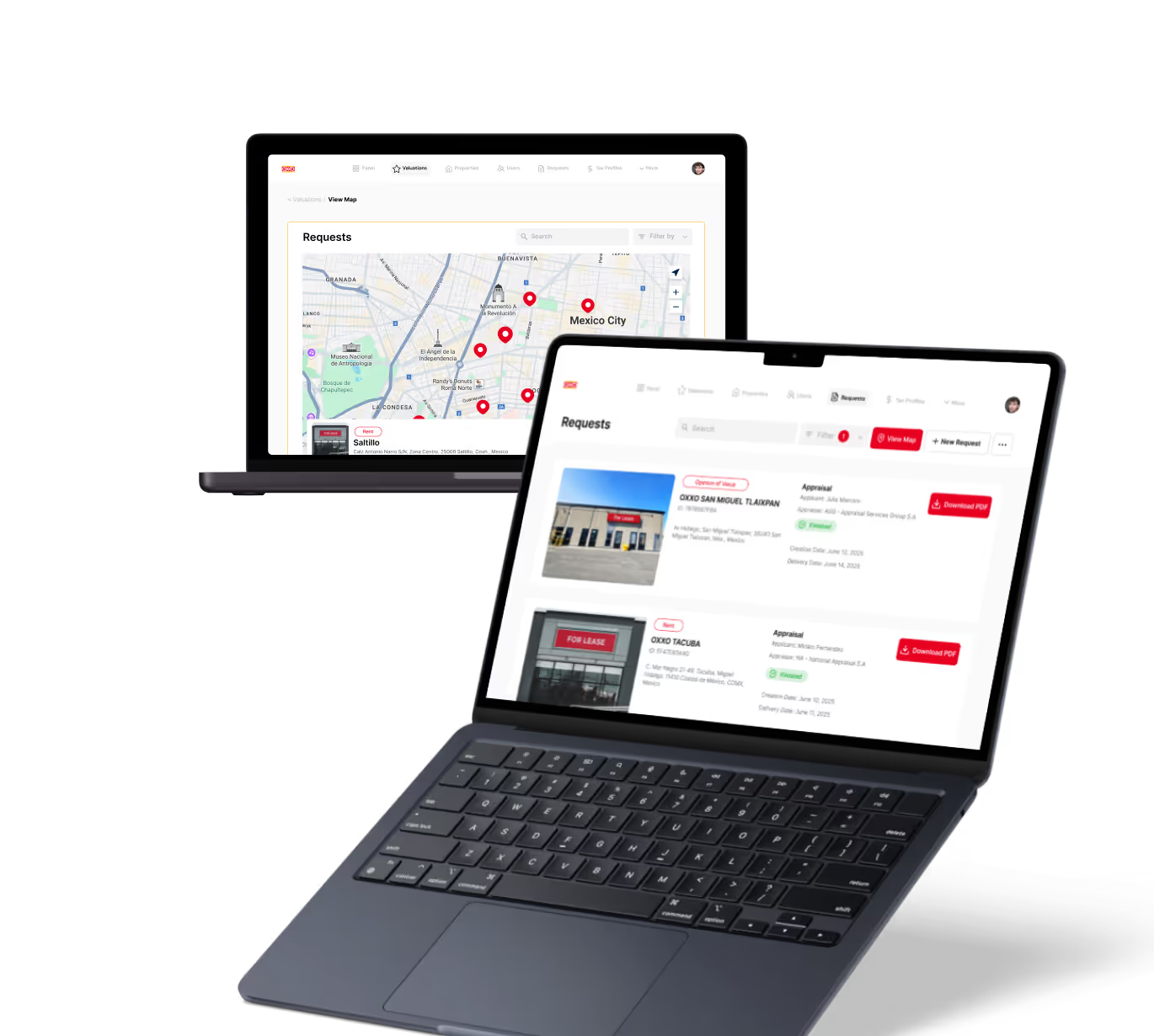Manual Process MVP
MVP
Learn how to build a Manual Process MVP to test ideas quickly with minimal tech before full automation.
Introduction to Manual Process MVP
When you have a new business idea, you want to test it fast without spending too much time or money. A Manual Process MVP helps you do just that. Instead of building complex software right away, you use simple manual steps to deliver your product or service.
This approach lets you learn what customers really want and improve your idea before investing in automation. You can focus on solving the real problem and avoid wasting resources on features no one needs.
What is a Manual Process MVP?
A Manual Process MVP is a way to launch a product or service using mostly manual work behind the scenes. You do tasks by hand that would later be automated with software or tools. This helps you validate your idea quickly and cheaply.
For example, instead of building a full app for booking appointments, you might take bookings via email or phone and manage schedules in a spreadsheet. This manual approach tests demand and gathers feedback before coding.
- Focus on core value, not technology
- Use simple tools like spreadsheets, email, or messaging apps
- Deliver a real experience to customers
- Learn fast and iterate based on feedback
Benefits of Using a Manual Process MVP
Manual Process MVPs offer many advantages for startups and entrepreneurs. They reduce risk by avoiding early tech investment. You get real customer insights without building a full product.
Here are key benefits:
- Speed: Launch quickly without coding.
- Cost-effective: Use free or low-cost tools.
- Flexibility: Easily change your process based on feedback.
- Focus: Concentrate on solving the problem, not on tech details.
- Validation: Confirm demand before scaling.
How to Build a Manual Process MVP
Building a Manual Process MVP involves clear steps. Start by defining the core problem and your value proposition. Then design a simple manual workflow to deliver your service.
Follow these steps:
- Identify the key feature: What is the main value you want to test?
- Choose manual tools: Use email, spreadsheets, forms, or messaging apps.
- Create a simple process: Map out how you will deliver the service manually.
- Engage early users: Reach out to potential customers to try your MVP.
- Collect feedback: Ask users what works and what doesn’t.
- Iterate: Improve your process based on feedback.
Examples of Manual Process MVPs in No-Code Ecosystem
Many startups use no-code tools combined with manual steps to launch MVPs. Here are some examples:
- Booking Service: Use Google Forms for appointment requests, manage schedules in Airtable, and confirm bookings via email.
- Marketplace: Collect orders via Typeform, process payments manually through Stripe dashboard, and coordinate delivery by phone.
- Consulting: Schedule calls using Calendly, take notes manually, and send invoices via PayPal.
- Content Platform: Publish blog posts manually on WordPress, share via social media, and gather feedback through surveys.
Tools like Zapier or Make can later automate parts of these workflows as you grow.
When to Transition from Manual to Automated MVP
Manual Process MVPs are great for early validation, but automation becomes necessary as you scale. Signs it’s time to automate include:
- Increasing user volume making manual work unsustainable
- Repetitive tasks consuming too much time
- Need for faster response times and better user experience
- Desire to reduce human errors
Start automating simple tasks first using no-code platforms like bubble, Glide, or FlutterFlow. Gradually build features based on validated user needs.
Conclusion
Manual Process MVPs are powerful tools to test your business ideas quickly and affordably. By focusing on manual workflows, you learn what customers want without heavy tech investment.
This approach reduces risk and helps you build better products. Use simple tools and clear processes to deliver value early. When demand grows, automate step-by-step with no-code platforms to scale efficiently.
FAQs
What does MVP mean in Manual Process MVP?
Why use a manual process for an MVP?
What tools can I use for a Manual Process MVP?
When should I automate my Manual Process MVP?
Can Manual Process MVPs work for software products?
How do I collect feedback during a Manual Process MVP?
Related Terms
See our numbers
315+
entrepreneurs and businesses trust LowCode Agency
Investing in custom business software pays off
We were managing property valuations across multiple brands, and the complexity was overwhelming our traditional processes. Every day of delay in property evaluation meant potential lost revenue and competitive disadvantage.
15,000+
property valuations managed through centralized platform
40%
reduction in valuation processing time

J.Antonio Avalos
,
Product Manager Lead
OXXO



%20(Custom).avif)